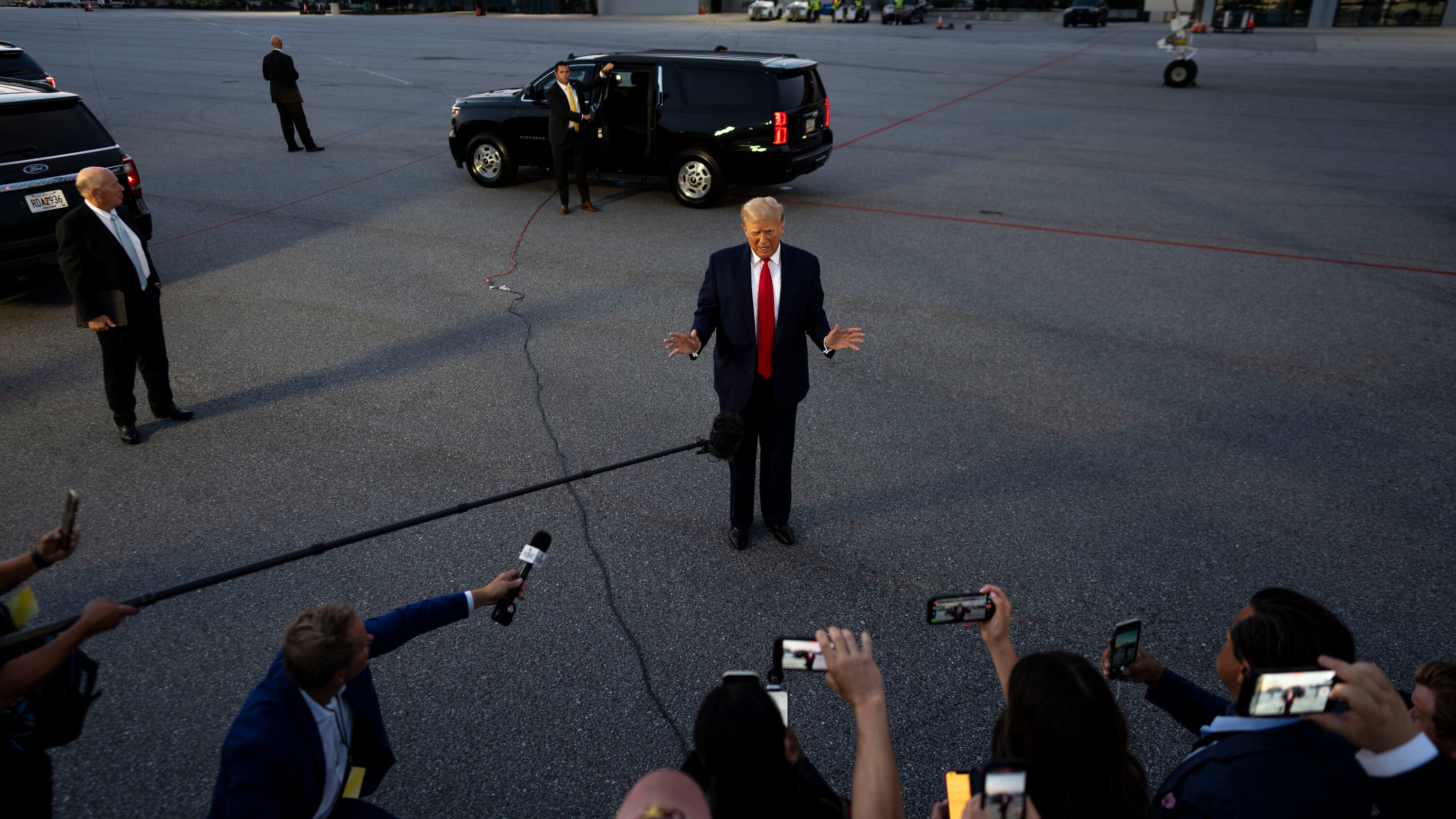The topic of Donald Trump's safety and the hypothetical scenarios surrounding his life has sparked a myriad of discussions, especially in the context of political violence. In this article, we delve into the question: how was Donald Trump shot? While this might seem like a straightforward query, it encompasses a broader discussion on political security, public perception, and media representation.
In recent years, Donald Trump has been a central figure in American politics, and with that prominence comes scrutiny and concern regarding his security. Understanding the threats faced by high-profile political figures is crucial in today’s world. In this article, we will explore the implications of such scenarios and provide insights into the measures taken to protect individuals in similar positions.
Throughout this discussion, we will maintain a focus on facts, expert opinions, and credible sources to ensure that the information we provide adheres to the principles of E-E-A-T (Expertise, Authoritativeness, Trustworthiness). By the end of this article, you will gain a comprehensive understanding of the topic and the various elements surrounding it.
Table of Contents
- Introduction
- Biography of Donald Trump
- Security Measures for Political Figures
- Public Perception of Threats
- Media Representation of Violence
- Historical Context of Political Violence
- Conclusion
- Sources
Biography of Donald Trump
Donald John Trump was born on June 14, 1946, in Queens, New York City. He is a businessman, television personality, and politician who served as the 45th President of the United States from January 20, 2017, to January 20, 2021. Below is a brief overview of his personal and professional life.
| Personal Information | Details |
|---|---|
| Name | Donald John Trump |
| Date of Birth | June 14, 1946 |
| Occupation | Businessman, Politician, Television Personality |
| Political Party | Republican |
| Presidency | 2017 - 2021 |
Security Measures for Political Figures
Political figures like Donald Trump have extensive security measures in place to protect them from potential threats. These measures typically include:
- Secret Service Protection: The United States Secret Service is responsible for ensuring the safety of the President, Vice President, and their immediate families.
- Threat Assessment: Regular evaluations of potential threats are conducted based on various intelligence sources.
- Public Events Security: Security at public events is heightened, often involving metal detectors and screening procedures.
- Emergency Protocols: Detailed plans are established for various emergency scenarios, including evacuation routes and safe houses.
Public Perception of Threats
The perception of threats against political figures can vary widely among the public. Factors influencing this perception include:
- Media Coverage: The way the media reports on threats can amplify or diminish public concern.
- Political Climate: A tense political environment can lead to heightened fears of violence.
- Societal Factors: Issues such as social unrest or economic uncertainty can also contribute to a perception of threat.
Media Representation of Violence
The media plays a crucial role in shaping public opinion about political violence. In discussing how Donald Trump was shot, it's essential to consider how the media frames such narratives:
- Sensationalism: Media outlets may sensationalize incidents to attract viewership, which can distort public perception.
- Political Bias: Coverage may reflect underlying biases, affecting how incidents are reported.
- Impact on Public Behavior: The portrayal of violence can influence public sentiment and behavior, potentially inciting fear or aggression.
Historical Context of Political Violence
Understanding the historical context of political violence in the United States provides insight into current threats. Notable events include:
- Assassinations: High-profile political assassinations, such as those of Presidents Lincoln and Kennedy, have left lasting impacts on security protocols.
- Political Extremism: Movements and groups that resort to violence have emerged throughout American history, influencing political discourse.
- Recent Incidents: Analyzing recent incidents of violence against political figures can help identify trends and potential risks.
Conclusion
In conclusion, while the question of how Donald Trump was shot remains hypothetical, it opens up an essential dialogue about security, public perception, and the media's role in shaping narratives. Political figures face numerous threats, and understanding the complexities surrounding these issues is crucial for fostering a safer political environment.
We encourage readers to share their thoughts on this topic in the comments section and explore more articles on political safety and media influence.
Sources
For further reading and to support the information provided in this article, we recommend the following sources:
- U.S. Secret Service
- Federal Bureau of Investigation (FBI)
- C-SPAN - Political Events Coverage
- Pew Research Center - Public Perception Studies
Also Read
Exploring The Life And Achievements Of Donald Trump's Granddaughter: A Look At Arabella Rose KushnerUnderstanding The Donald Trump Assassination Attempt: A Comprehensive Analysis
Donald Trump Abortion Ban: Understanding The Implications And Controversies
Understanding The Controversy: Donald Trump And The Name Of The Shooter
Why Did Donald Trump Jr. Get Divorced? An In-Depth Analysis
Article Recommendations
- Blue Bicycle York
- Astrological Sign For October 4
- Shine On Harvey Moon
- July 5 Zodiac
- Comedy S 2023
- Luxury Villas Greece Le Collectionist
- Whaddon Healthcare
- Ab Booster Plus
- Sugar Babies
- Pokimane Gaming


